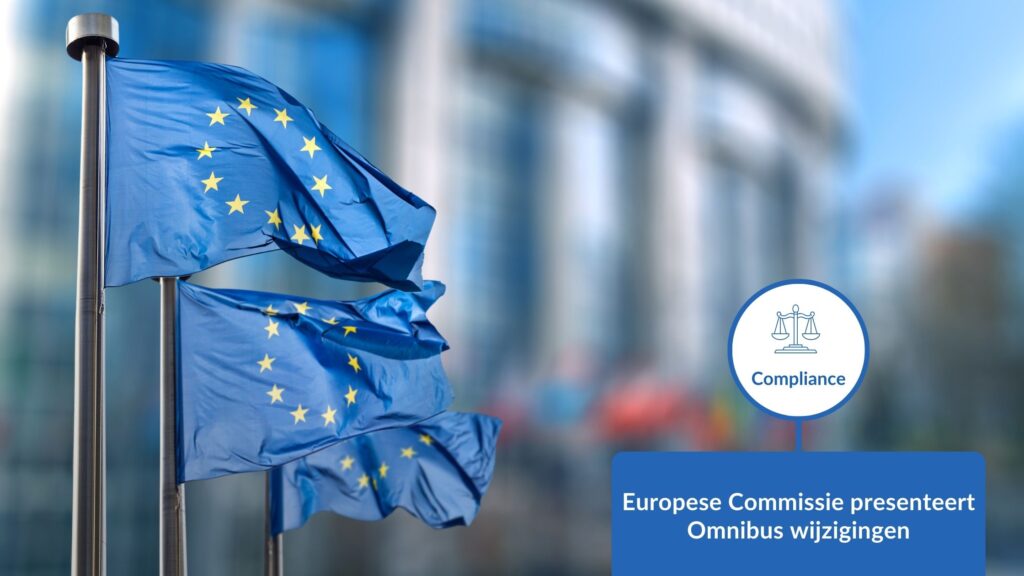ESG what can you do with it?

When you start reporting on your sustainable ambitions, you soon come across a lot of abbreviations. The most common and perhaps the most important is ESG: this stands for Environment-Social-Governance and is going to become increasingly important, especially as of that other common abbreviation: CSRD (Corporate Sustainability Reporting Directive). ESG highlights the three aspects on which companies and organisations should measure their sustainability ambitions. With this framework, you can do sustainable and social business as an organisation or company.
We are happy to explain exactly what these components mean.
Environment/Environment
What impact does your company/organisation have on the environment and what are you doing to minimise the negative effects? Think of a CO2 footprint to map out your emissions, but it is also about water consumption and the use of natural resources.
The environment can also impact your business. What is the risk of climate change on your company/organisation and in what ways do you ensure that you are resilient to it? These kinds of questions need to be answered in a sustainability strategy.
Social/Social
This aspect focuses on all human relations within and with your organisation/company. You can think about your employees, do you pay fair wages and what about satisfaction? But Social also focuses on all other stakeholders such as your customers and suppliers. In the future, there will be more emphasis on this and you will be expected to have mapped your entire chain and work together to achieve sustainable goals.
Governance
The business processes of a company/organisation and how an organisation is governed are covered in the Governance aspect. How is your organisation governed and how are stakeholders and shareholders taken into account? Is the organisation transparent and fair and how is that ensured? These are questions to be answered in this aspect.
Opportunities and possibilities
Although there is a lot of negativity surrounding sustainability reporting, because it is a lot of work and also completely new for many companies, drawing up a sustainability policy can actually also offer opportunities. Besides gaining insight, which you can use to set concrete goals, there are other benefits of a sustainability strategy, which is also called ESG strategy. For instance, it shows research to that many employees consider quitting their jobs because their own values do not match those of their company. They want positive impact and strong values. Customers also demand more sustainable products and companies.
The benefits of an ESG strategy
By getting started with ESG now, you are well prepared to deal with the upcoming CSRD legislation. But it is also already delivering benefits, when obtaining contracts or funding, an ESG policy will be looked at, having one will obviously be a big advantage. Drafting and having an ESG strategy also ensures that sustainable goals remain on the agenda, so you can continue to create value.
Create your own ESG strategy
To draw up an ESG strategy, the ESG components can be incorporated into a policy for the organisation. You can have this done or you can start drafting a sustainability policy yourself, together with your stakeholders. To do this, start by gaining insight. For instance, make a footprint of your organisation and map all your stakeholders. Together with your stakeholders, determine which themes are important to you. Make concrete goals for these themes and provide tools to monitor and communicate them. The SUB Platform's tools can help you with this.



